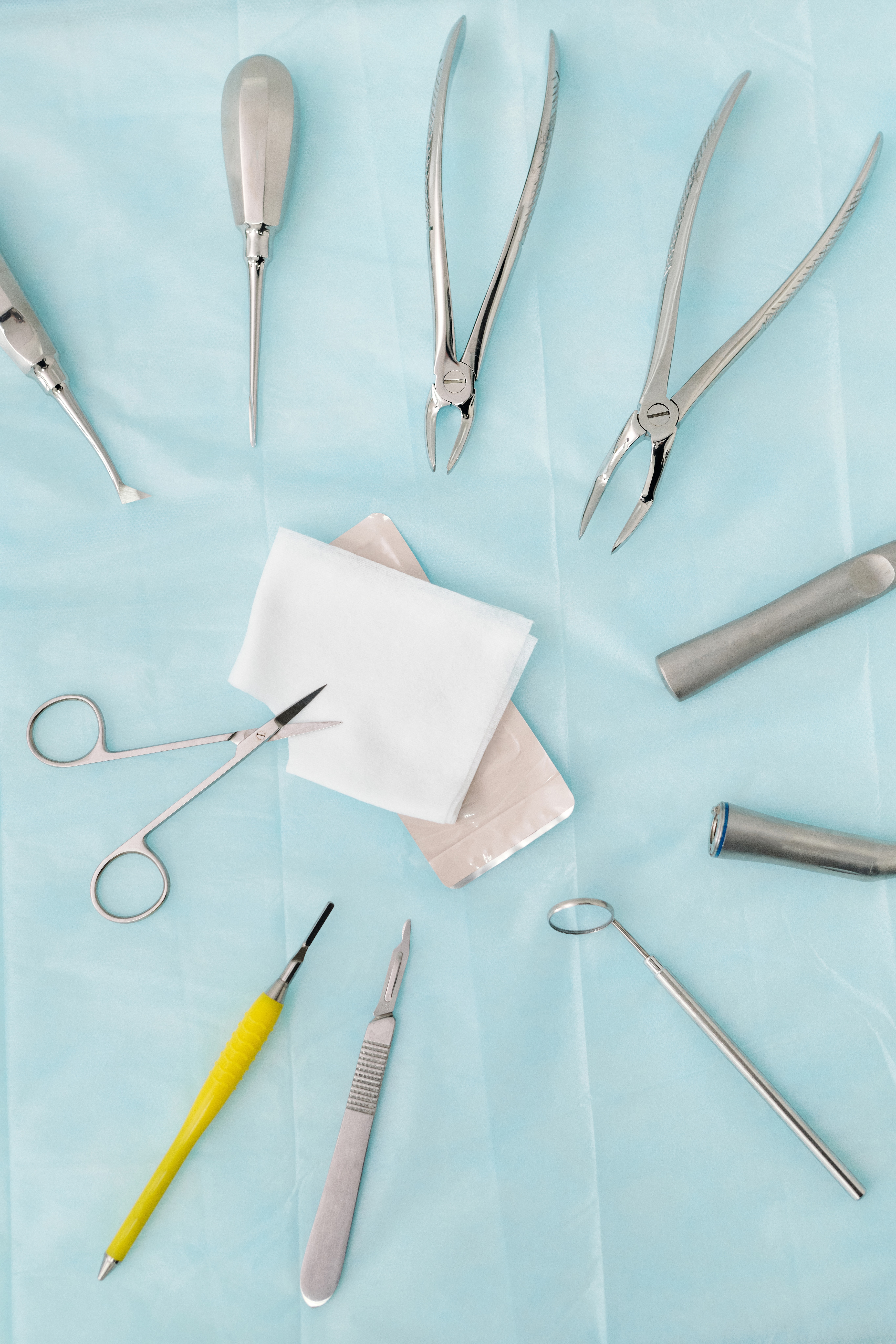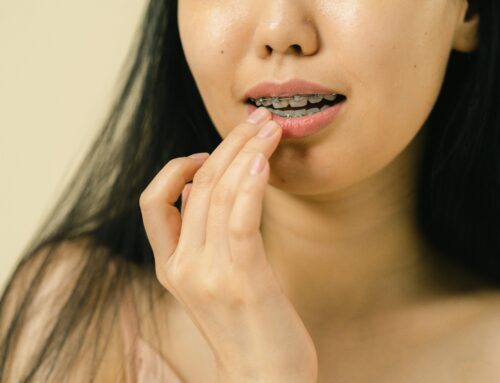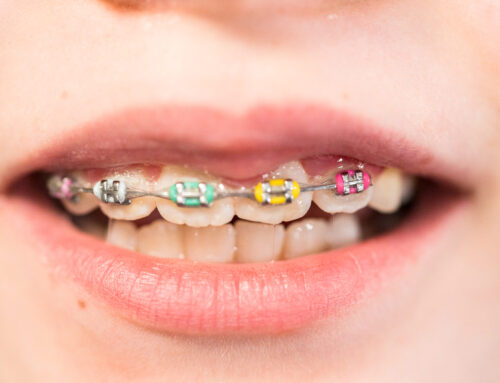There are so many elements that go into straightening teeth. Chances are you have thought about the science of braces and what they are made of, and you’ve probably wondered what all of the tools are used for, too. Don’t worry; all the instruments and materials used are safe for you and your oral health.
What Are Braces Made Of?
Traditional braces are made up of brackets and Archwires. Archwires and brackets work together to apply force, pressure, and tension to straighten teeth. There are a few different types of braces: Metal Braces, Ceramic Braces, and Aesthetic Braces, commonly known as Invisalign. Each type uses differing materials for a common goal; to give you a better smile!
These components are comprised of varying types of metal like stainless steel, titanium, chromium, and even gold. Believe it or not, even the aesthetic braces, like Invisalign, are made of metal too! But how do they attach to teeth?
How Do They Stick to my Teeth?
Each bracket, ceramic or stainless steel, must be carefully placed on each tooth. This adhesive is called ‘bonding cement’ or BPA dimethacrylate derivatives. This glue tastes terrible but is non-toxic and won’t cause any harm if touched. The orthodontist will probably tell you to keep your tongue away from it because this material cannot get wet or will not bond correctly. Once brackets are placed on the tooth, the bonding cement has to be cured by a special blue light ensuring the bracket will not release from the tooth.
Tools to Adjust Braces
Chances are you have noticed that there are tools to adjust your braces. Various types of pliers are used to tighten or replace wires. Other devices, such as Band Pushers, Wire Cutters, and Straight Probes, are used to make changes as your orthodontic treatment progresses.
Here are some tools you might notice at your regular appointments with your orthodontist:
Straight Probe: These tools are used to remove any buildup around brackets and to remove the elastic bands that hold wires and brackets in place. It looks like a needle.
Howe Utility Pliers: These pliers have small flat ends to hold thin wires. They are used to remove and replace archwires.
Distal End Cutters: These cutters are used for intraoral cutting. If a wire at the back of your mouth is sticking your cheek, you have probably had the orthodontist use these to trim it back to the band on your molar tooth.
Mathieu Pliers: These are equipped with an interlocking mechanism that allows the doctor or assistant to hold onto the small bands placed around the bracket to attach the archwire. They have a pointy tip, and the handle is curved and meets at the bottom.
Next time you visit our office, pay attention to the process of removing wires and brackets. Don’t hesitate to ask if you have questions about the instruments or materials used in your treatment. All the tools and materials are safe for you and your oral health. Taking proper care of your teeth and following the orthodontist’s recommendations for best care will ensure that your treatment will be the most effective.
Contact Burke + Beckstrom Orthodontics to set up an appointment!




